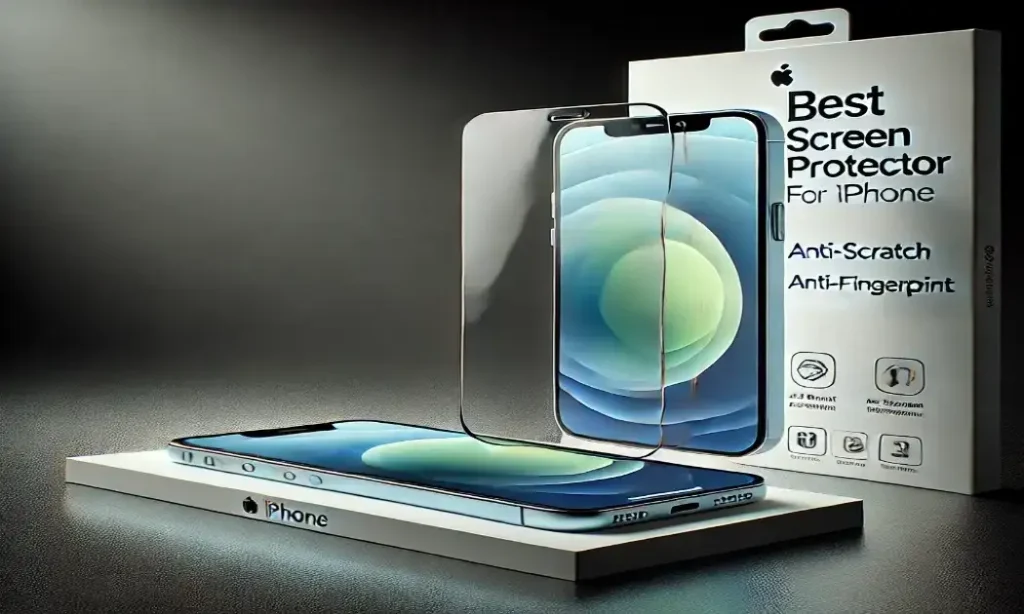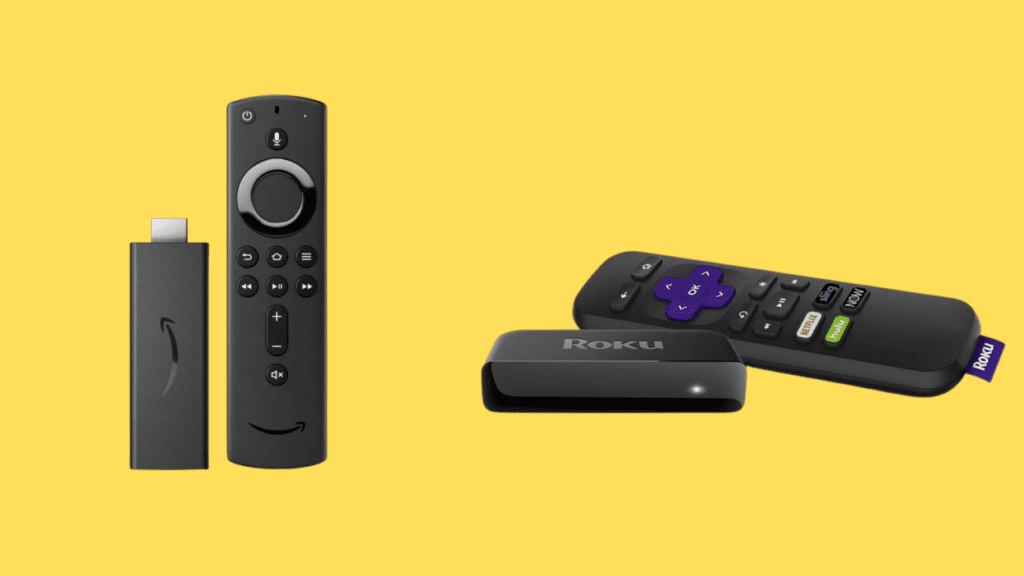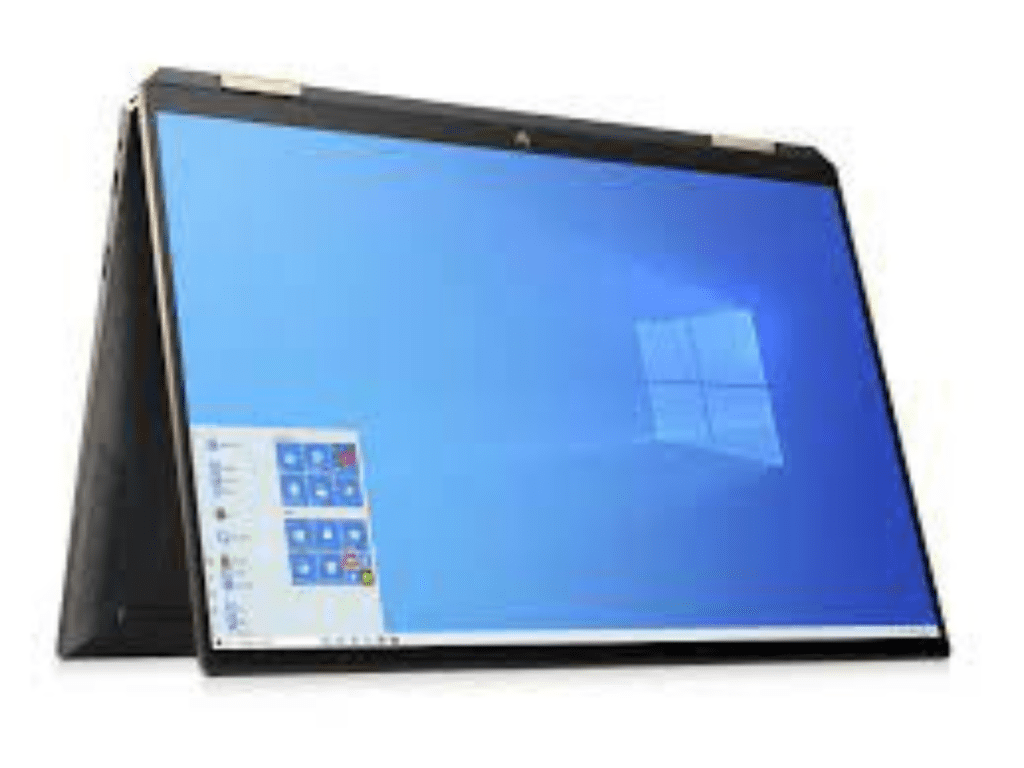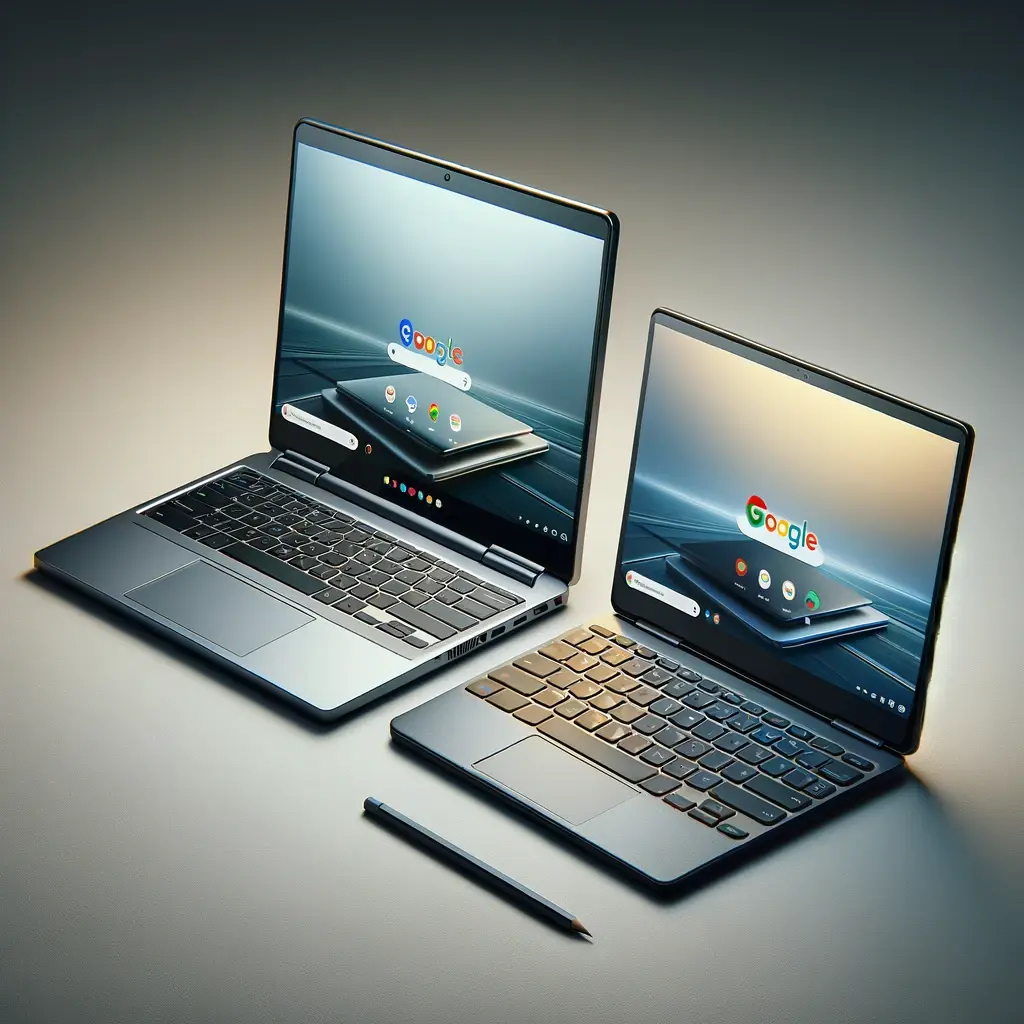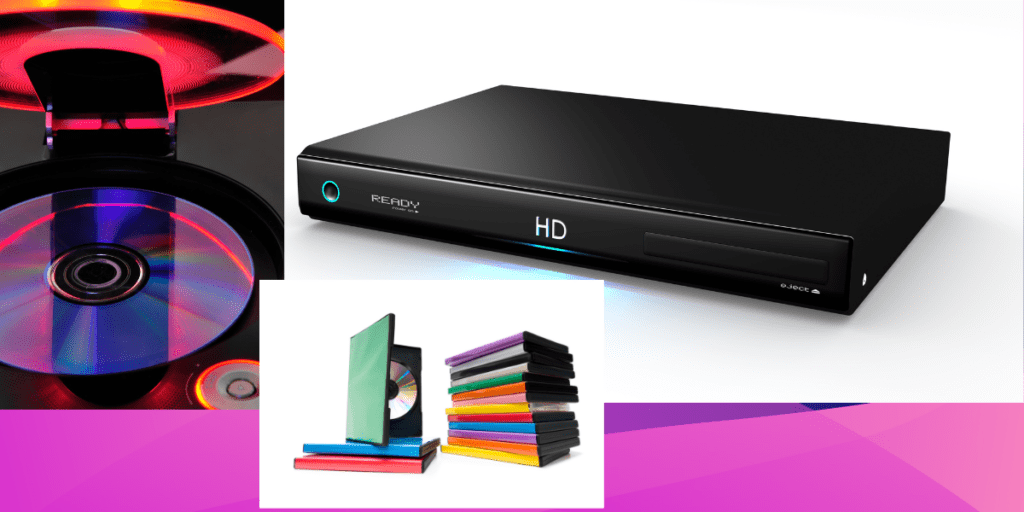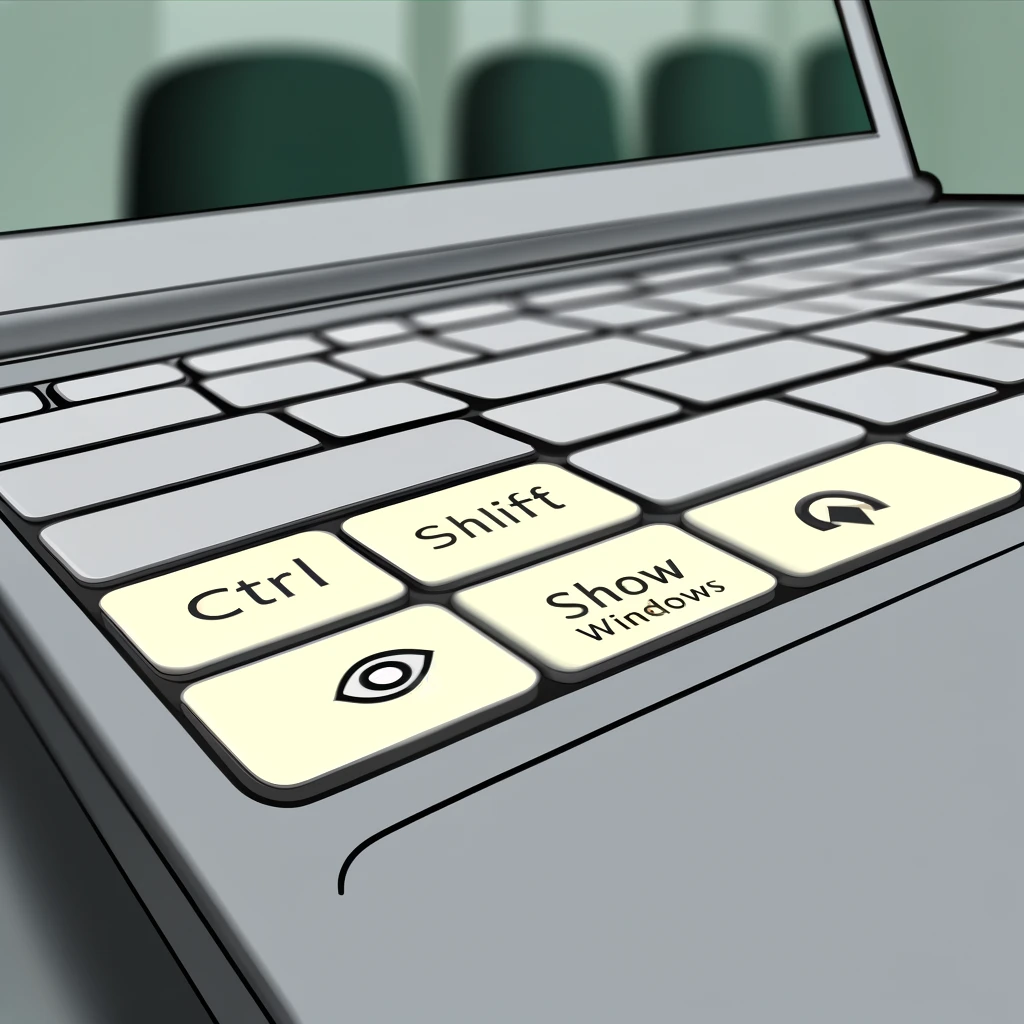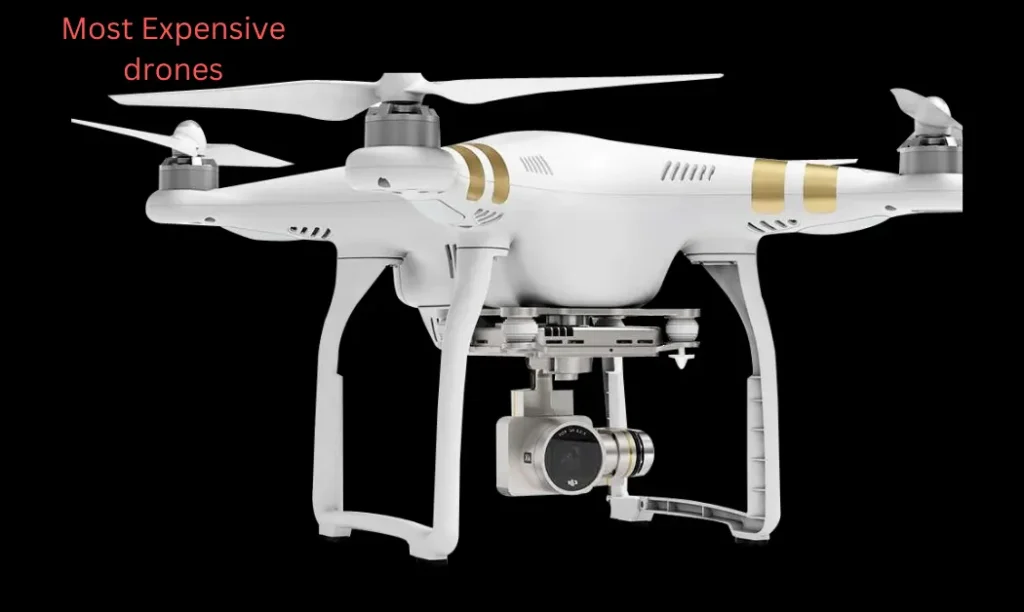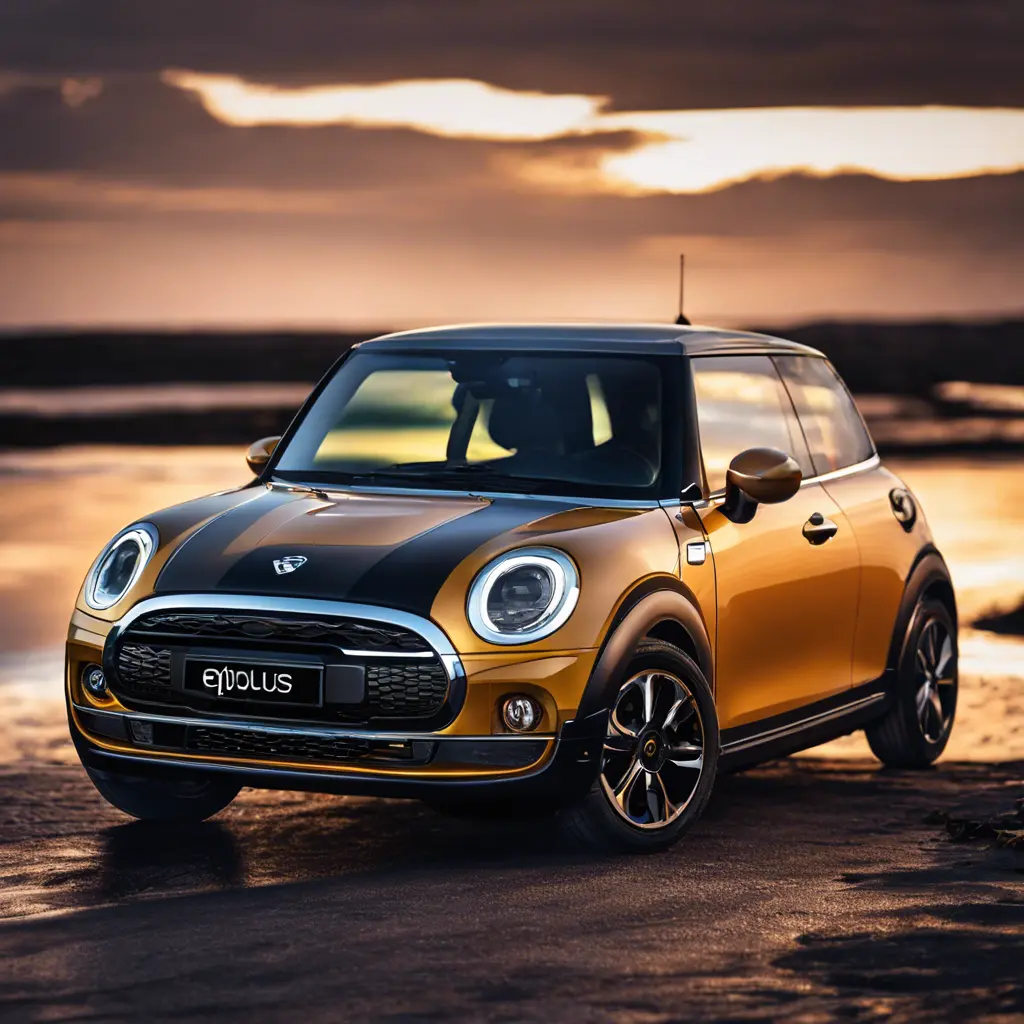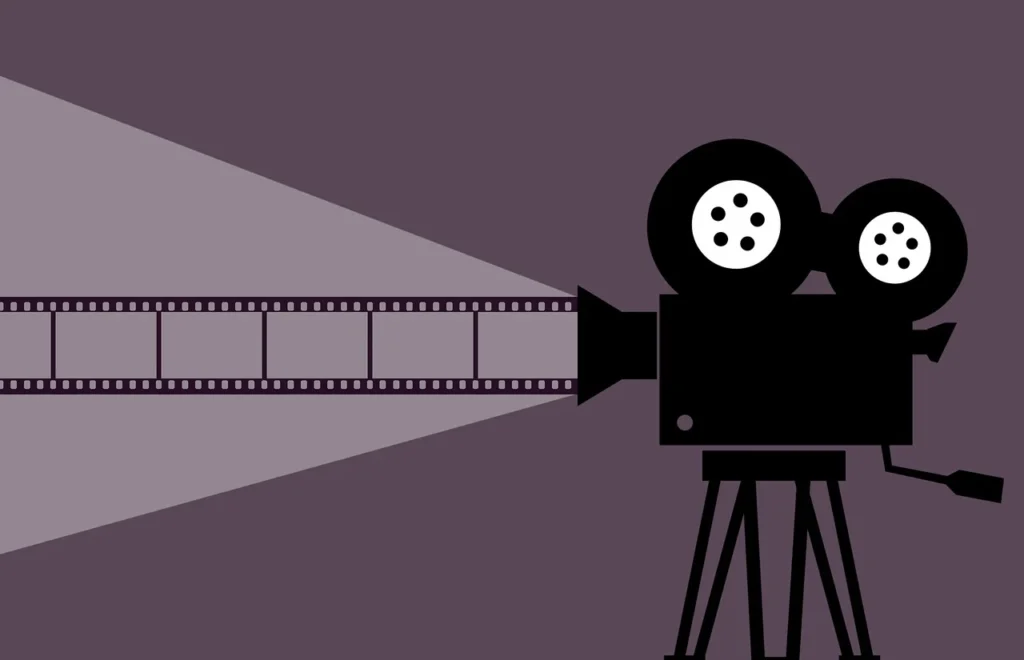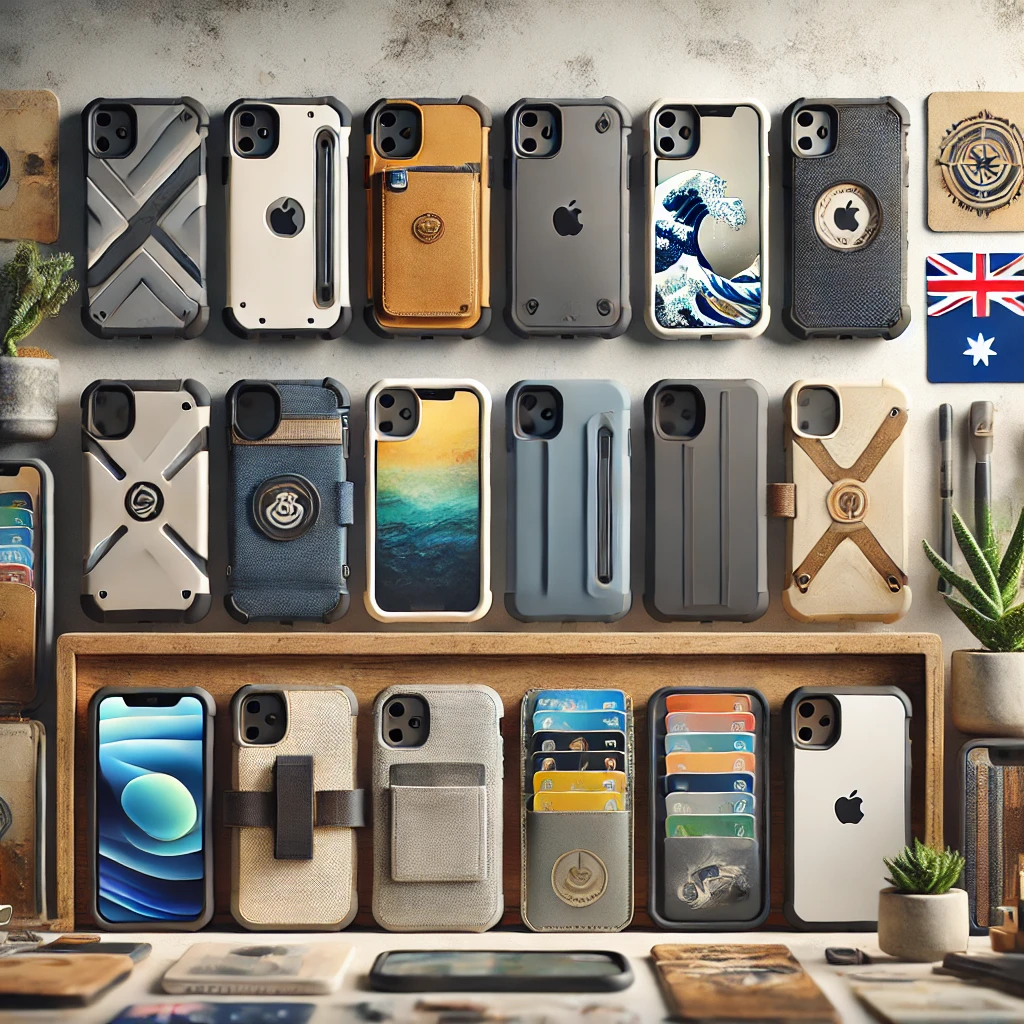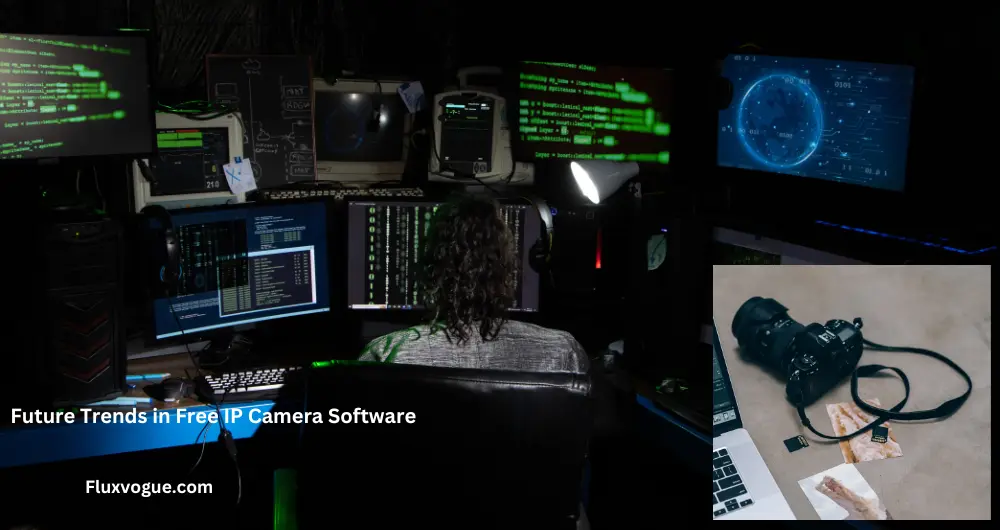Hey there! Congratulations on your iPhone purchase! If you want to keep your phone in top-notch condition, consider getting a high-quality screen protector. With many options available, it can take time to pick the one. In this blog post, we’ll explore the world of screen protectors, discuss the choices on the market, and help you make a decision. By the end of this guide, you’ll have all the info you need to choose the screen protector for your iPhone.
Table of Contents
The Importance of Screen Protectors
We all know iPhones are costly. The last thing you’d want is a cracked screen. A reliable screen protector can prevent repairs. Preserve your phone’s resale value. From protection, some screen protectors offer features like anti-glare properties, privacy filters and blue light reduction.
Different Types of Screen Protectors
Tempered Glass:
Among iPhone users, tempered glass screen protectors are highly favoured. They are tough, provide clarity, and offer a touch similar to the original screen texture. Here are some key advantages;
High Durability: Can handle drops and scratches better than protectors.
Simple Setup: Typically includes an installation package.
Authentic Touch Experience: Offers a responsive screen that resembles the original.
PET film screen protectors
PET film screen protectors are chosen for their thinness, lightness and affordability. They are crafted from plastic that offers scratch protection but may not fare well against drops.
Key Points;
Cost Effective; more expensive than tempered glass.
Lightweight: Do not add bulk to your device.
Basic Protection: Effective in preventing scratches. Lacks the durability of tempered glass.
On the other hand, TPU screen protectors provide flexibility. It can adapt to curved screens. They offer scratch resistance and some protection against impacts.
Key Points;
Flexible: Able to cover edges.
Self Healing: This can reduce the visibility of scratches over time.
Good Protection: Offers better safeguarding than film. It is temporary glass that is more durable.
When it comes to screen protector brands,
ZAGG InvisibleShield
ZAGG is a name in the screen protector industry. Their InvisibleShield range caters to needs ranging from protection to advanced features like blue light filtering.
Features;
Durability: against scratches and impacts.
Clarity: Provides a sharp and clear display.
Additional Features: Options include blue light filtering and privacy screens.
Belkin InvisiGlass Ultra
Belkin InvisiGlass Ultra screen protectors are renowned for their strength and clarity. They utilize a kind of glass that’s incredibly tough.
Strength: Capable of withstanding strong impacts.
Clarity: The ultra-clear glass preserves screen brightness and colour accuracy.
Simple Setup:
Includes an installation kit for a hassle application.
Spigen Glas.tR EZ Fit
Spigen, a known brand in phone accessories, offers the EZ Fit screen protectors, known for their easy installation process and reliable protection.
Effortless Installation: This comes with an alignment tray for positioning.
Durability: resistant to scratches and impacts.
Smooth Touch: Provides a feel to the screen.
When you’re looking for a screen protector, keep these factors in mind;
- Compatibility: Make sure the screen protector fits your iPhone model. Some protectors may need to work better on models with curved edges.
- Level of Protection: Consider how much protection you need. If you drop your phone, a tempered glass protector is the way to go. A PET or TPU protector could do the job of scratch protection.
- Extra Features: Think about any features that matter to you, like;
- Anti Glare: Helps reduce reflections and improves visibility in light.
- Privacy Filter: Prevents others from seeing your screen from an angle.
- Blue Light Filtering: Reduces exposure to light, which can be beneficial for reducing eye strain.
Helpful Advice for Installing Screen Protectors
Putting on a screen protector may seem challenging. By following these tips, you can ensure a smooth application without any bubbles;
- Clean Your Screen: Wipe your screen with a cloth and cleaning solution to remove dirt or smudges.
- Careful Alignment: Place the screen protector on your screen and make sure it is perfectly aligned before sticking it on.
- Utilize an Installation Kit: Many screen protectors come with a kit that includes tools for alignment and stickers to remove dust.
- Apply Slowly. Carefully: Begin at one end and gradually place the protector, smoothing out any air bubbles along the way.
Conclusion
Taking care of your iPhone screen is crucial to maintain its appearance and performance. Selecting the ideal screen protector can be daunting due to the many choices. To make a decision, it’s important to consider factors such as durability, clarity and any additional features that may suit your requirements. Popular brands like ZAGG, Belkin and Spigen offer top-quality options worth exploring. Remember, don’t follow our installation advice for an application without bubbles. Enjoy safeguarding your device!
FAQ: Best Screen Protector for iPhone
Q1: Why do I need a screen protector for my iPhone?
A1: A screen protector helps safeguard your iPhone’s screen from scratches, cracks, and other damage. It can also maintain the screen’s clarity and responsiveness while potentially adding features like anti-glare or privacy filters.
Q2: What are the different types of screen protectors available?
A2: The main types of screen protectors are:
- Tempered Glass: Durable and offers high clarity and smooth touch.
- PET (Polyethylene Terephthalate) Film: Lightweight and affordable but less durable.
- TPU (Thermoplastic Polyurethane): Flexible and self-healing but less sturdy than tempered glass.
Q3: Which brands are the best for iPhone screen protectors?
A3: Some of the top brands include:
- ZAGG InvisibleShield: Known for durability and additional features like blue light filtering.
- Belkin InvisiGlass Ultra: Offers high strength and clarity.
- Spigen Glas.tR EZ Fit: Easy installation and high resistance to scratches and impacts.
Q4: How do I choose the right screen protector for my iPhone?
A4: Consider the following factors:
- Compatibility: Ensure it fits your specific iPhone model.
- Protection Level: Decide based on your need for scratch and impact resistance.
- Additional Features: Look for extras like anti-glare, privacy filters, or blue light reduction.
Q5: How do I install a screen protector without bubbles?
A5: Follow these steps for a bubble-free application:
- Clean Your Screen: Use a microfiber cloth and cleaning solution.
- Align Carefully: Position the protector before applying.
- Use an Installation Kit: Many protectors include alignment tools and dust removal stickers.
- Apply Slowly: Start from one end and gradually lay down the protector.
Q6: Can a screen protector affect the touch sensitivity of my iPhone?
A6: High-quality screen protectors, especially tempered glass ones, are designed to maintain touch sensitivity. Cheaper or thicker protectors affect responsiveness.
Q7: What should I do if my screen protector gets damaged?
A7: If your screen protector gets scratched or cracked, it’s best to replace it to ensure your iPhone screen remains protected. Many brands offer warranties or discounts on replacements.
Q8: Are there any screen protectors that reduce eye strain?
A8: Some screen protectors come with blue light filtering features, which can help reduce eye strain caused by prolonged screen use.
Q9: How often should I replace my screen protector?
A9: Replace your screen protector if it gets damaged or if you notice a decrease in clarity or touch sensitivity. Typically, a good quality screen protector can last several months to a year or more.
Q10: Can I use a screen protector with a case?
A10: Yes, most screen protectors are designed to be compatible with cases. However, ensure that the protector and case you choose fit well together without causing lifting or bubbling.
